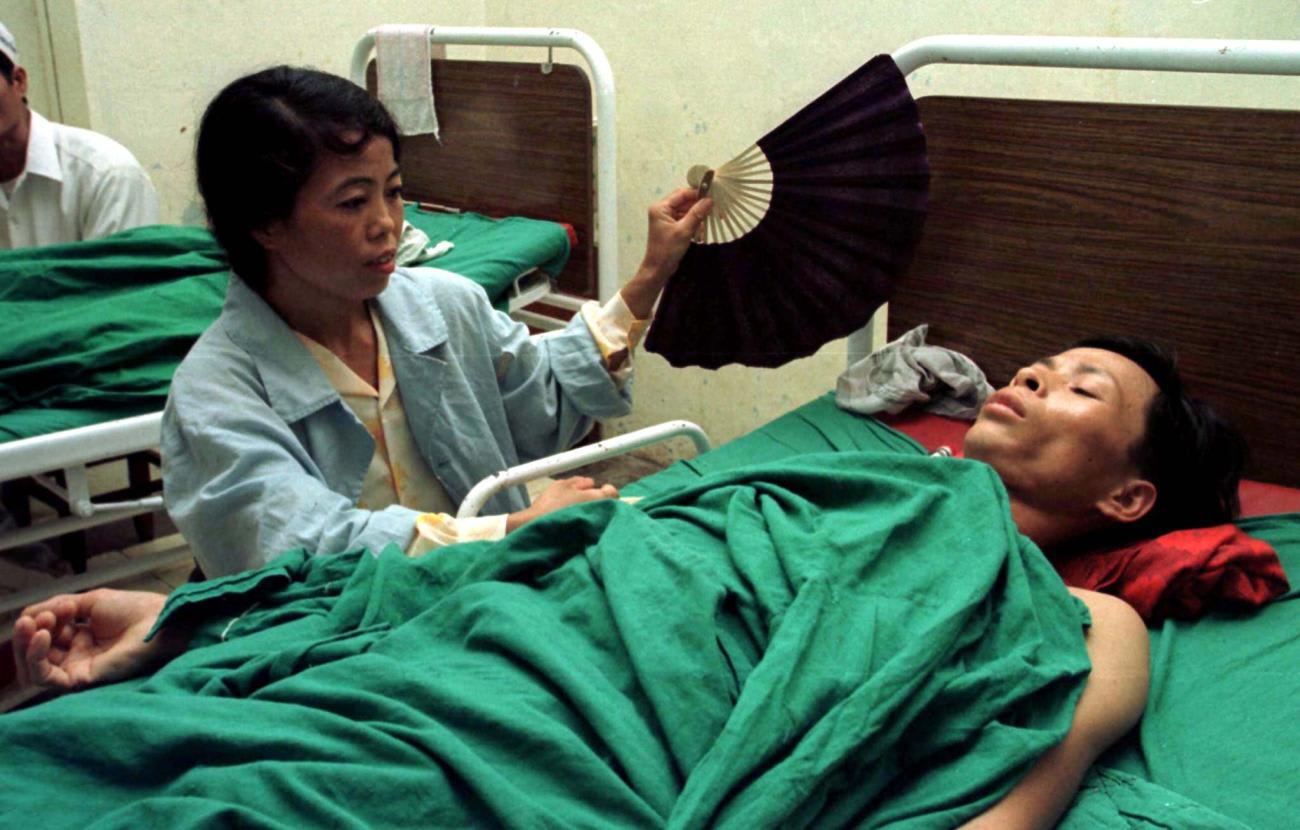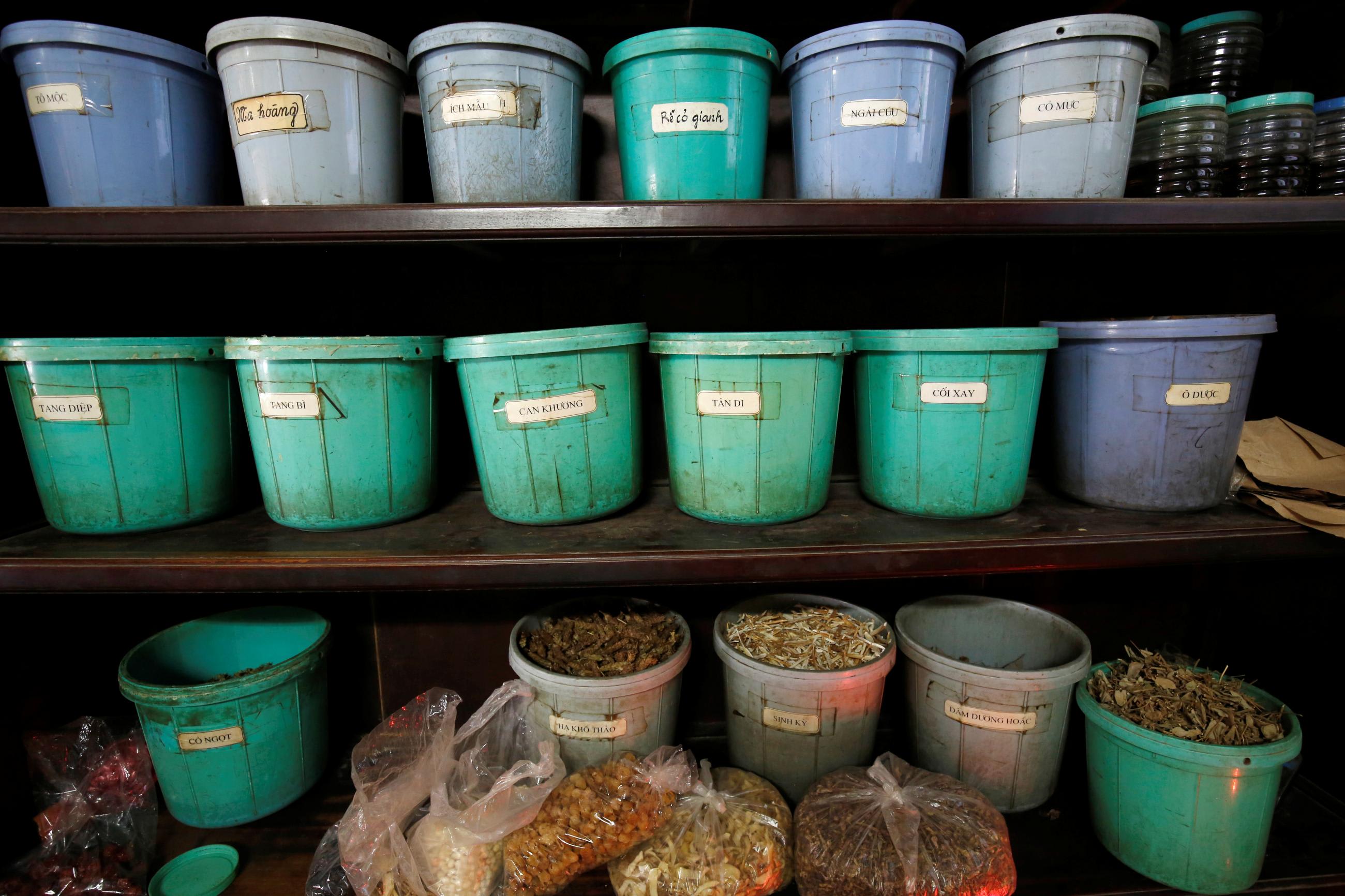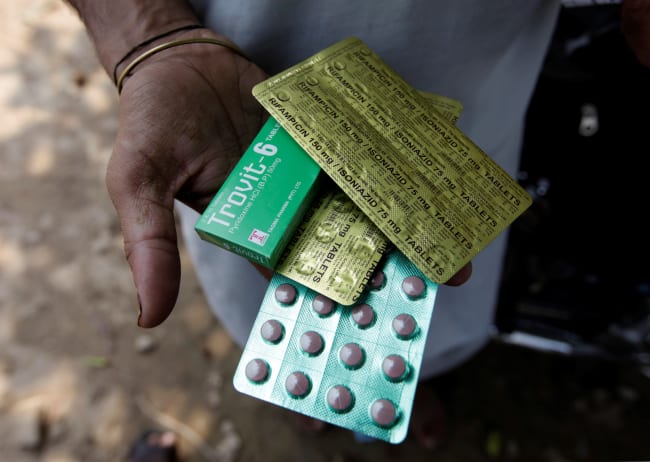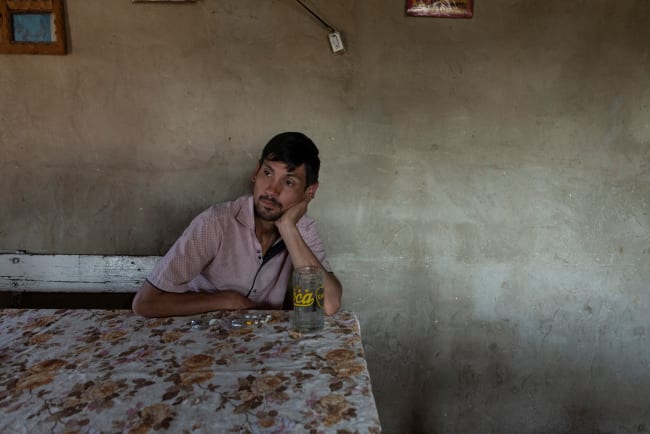Countries around the world struggle with tuberculosis, which kills more people than any other infectious agent, including HIV, despite being preventable and curable. Vietnam ranks near the top, having the tenth-highest tuberculosis burden of any country—170,000 new cases each year—and one of the lowest rates of treatment in Asia.
In the last few years, however, the country has been piloting a new strategy for delivering quick, accurate diagnoses and increasing the number of infected people who are effectively treated, and it's being supercharged by new technologies. It could hold promise for other countries.
An estimated 10.6 million people worldwide contracted tuberculosis in 2021, of whom 1.6 million died, according to the World Health Organization (WHO). Ninety percent of those cases occurred in just thirty countries, including Vietnam. As of 2020, tuberculosis was the country's number one cause of death among communicable, maternal, neonatal, and nutritional diseases.
Over 9 percent of Vietnam's residents were considered poor or near poor as of 2022
Vietnam is one of the most affected countries for several reasons. More than 9 percent of the country's residents were considered poor or near poor as of 2022, and poverty is associated with tuberculosis transmission. It is also common for three or four generations to live in the same household, facilitating transmission. Finally, the country is composed of both densely populated provinces, where tuberculosis transmission can flourish, and remote communities, where access to health care is limited.
The Vietnamese government, like many others, is committed to the WHO's End TB Strategy, which set out to effectively end tuberculosis by 2030. As part of that strategy, in August 2020 the U.S. Agency for International Development launched the Support to End Tuberculosis project to scale up a new strategy for tuberculosis detection dubbed Double X. (FHI 360, which employs all of us, implements the project.)
In countries where tuberculosis is considered endemic, such as Vietnam, smear microscopy was the standard for detection, but it has low sensitivity and cannot detect drug resistance. Sputum culture, another detection option, has limitations that make it too impractical to rely on for routine diagnosis. It is sensitive and specific but is also costly, requires more infrastructure, and can take up to six weeks to provide results.
Double X combines long-standing screening methods and new rapid technologies to produce quicker, more accurate diagnoses. First, a clinician uses a chest X-ray to look for signs of tuberculosis. Then, at the sign of any abnormalities, the clinician takes a sputum sample and uses a rapid diagnostic machine called GeneXpert to confirm the diagnosis and identify resistance to the first-line tuberculosis drug rifampicin. (The strategy is named for its two-part screening process.) The tests typically yield results in one to two days, allowing patients to begin treatment immediately thereafter.

Compared with other methods of tuberculosis detection, the Double X strategy has a high yield of true positive results with fast turnaround time.
The use of chest X-ray as an initial screening step makes the Double X strategy more powerful than GeneXpert alone because the X-ray effectively identifies the possibility of tuberculosis and correctly detects the pool of people who need molecular testing. In the Vietnamese communities where we implemented Double X, about half of patients who were tested and found to be positive for tuberculosis had no symptoms. That is, if they had not received a chest X-ray, their tuberculosis might not have been diagnosed.
Molecular rapid diagnostics such as GeneXpert are so effective at detecting tuberculosis that experts are calling to phase out smear microscopy as a frontline test. The End TB Strategy calls for a major shift to using a molecular rapid diagnostic as the initial test for individuals suspected of having pulmonary tuberculosis. This is strongly reinforced by the release in May 2023 of a new WHO standard to achieve universal access to rapid diagnostics.
To further support tuberculosis detection efforts, the Support to End Tuberculosis project assisted Vietnam's National Tuberculosis Program with equipping mobile vans with new artificial intelligence software. This effort helped improve accuracy and efficiency when reading large numbers of chest X-rays during community-based events.
Artificial intelligence algorithms can detect tuberculosis in adults with great accuracy and in some cases outperform radiologists
After its initial success with the mobile vans, the National Tuberculosis Program then selected ten district-level health facilities to incorporate artificial intelligence into their tuberculosis screening workflow. Once the health facility takes a chest X-ray, artificial intelligence software rapidly scans all the images. In total, the Support to End TB project has leveraged artificial intelligence software to read more than a hundred thousand X-ray images, which has resulted in 2,831 confirmed tuberculosis diagnoses.
According to recent studies, artificial intelligence algorithms can detect tuberculosis in adults with great accuracy and in some cases outperform radiologists. Artificial intelligence may be particularly beneficial in places where health-care workers have less experience interpreting chest X-rays. It can also speed up the process, enabling health workers to screen hundreds of X-rays in one day without becoming fatigued and making errors.
Within the Support to End TB project, evidence is forthcoming that the Double X strategy is helping identify more tuberculosis cases. We analyzed processes and outcomes in seven Vietnamese provinces with high burdens of tuberculosis, comparing health facilities that began using artificial intelligence with those that did not, and tracking their performance during the transition to the new technology. We found that the facilities using artificial intelligence identified a greater share of X-rays with suspected tuberculosis and had higher screening yields, which will be presented at a conference in November 2023.
In countries heavily burdened by tuberculosis, it's important that limited resources are used wisely. Double X with artificial intelligence helps optimize the use of rapid diagnostics, which still have a high per-test cost relative to other tuberculosis detection methods. Improving tuberculosis detection has multiple benefits. Investments in detection—which help in finding and treating tuberculosis early—improve health outcomes and reduce transmission.
As health disparities grow and billions of dollars are needed to scale up tuberculosis responses, governments and public health agencies around the world can better prevent, detect, and treat tuberculosis by investing in effective strategies such as Double X. In Vietnam, Double X is now the national tuberculosis screening strategy. It could transform global efforts to address tuberculosis and bring the world one step closer to ending the disease.













